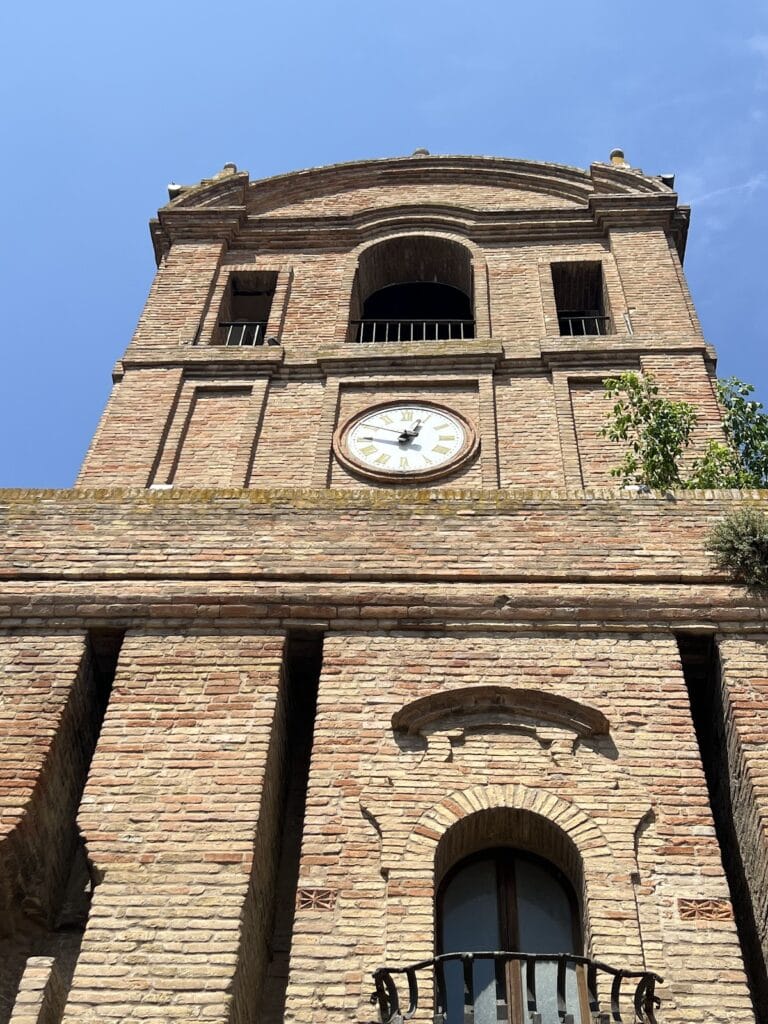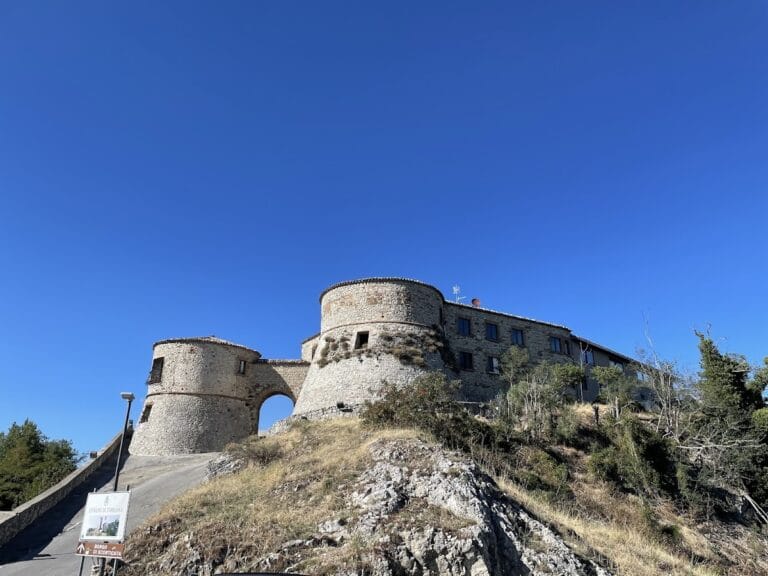Castello Malatestiano: A Historic Castle in Longiano, Italy
Visitor Information
Google Rating: 4.5
Popularity: Low
Google Maps: View on Google Maps
Official Website: www.fondazionetitobalestra.org
Country: Italy
Civilization: Medieval European
Remains: Military
History
The Castello Malatestiano in Longiano, located in present-day Italy, occupies a strategic position on a hill overlooking the surrounding area. It was originally constructed by the local medieval society and bears evidence of occupation dating back to early medieval times, potentially as far as the 7th or 8th century.
First recorded in documents dating to 1059, the castle became an important stronghold throughout the communal period, a time when various city-states and local families vied for control in the region. From 1290 to 1463, the prominent Malatesta family, a powerful dynasty in Romagna, governed the castle. During their tenure, they fortified the site by adding bastions, and expanded its structures to include a civic tower and a keep, the latter additions likely dating back to the 12th century. These enhancements underscored the castle’s military and administrative roles.
Following the Malatesta’s rule, the castle came under the control of the Papal States in 1463. In the early 16th century, specifically between 1503 and 1506, a period of Venetian military occupation briefly altered the site’s use. During this time, Venetian forces constructed a basin in the courtyard designed in their characteristic style.
In 1519, Pope Leo X granted the castle as a fief to Count Guido II Rangoni from Modena. Under Count Rangoni’s ownership, the fortress was converted into a noble residence. Many of the original defensive features were removed, allowing for the addition of decorative elements such as loggias. Additionally, interior frescoes were commissioned, signaling a shift from military utility to residential elegance.
The castle witnessed further changes in the 19th century, including refurbishment of key interior spaces such as the Sala dell’Arengo—a hall traditionally used for public assemblies—and the Sala degli Affreschi, named for its wall paintings. During this era, the castle also served as the municipal seat of Longiano, a role it maintained until 1989.
Since the early 1990s, the castle has been home to the Fondazione Tito Balestra, an institution dedicated to the preservation of modern and contemporary art. The site now functions as a cultural hub, hosting exhibitions, concerts, and educational programs, representing a significant transformation from its original medieval military purpose to a center of cultural activity.
Remains
The Castello Malatestiano presents a complex layout that reflects its long history, combining medieval fortifications with Renaissance and later adaptations. The castle occupies an elevated position and includes a variety of interconnected structures, many of which have been preserved or restored to accommodate its current cultural functions.
Among the castle’s prominent features are two towers, which originally served defensive purposes. Linked to these is the ancient civic tower, an element dating back to the 12th century, signifying the castle’s role in local governance during the medieval period. The presence of a keep, also from the same era, further highlights its military origins.
An internal courtyard lies at the heart of the complex, where the juxtaposition of historical elements is especially evident. This courtyard incorporates the remains of the former Church of Madonna di Loreto, integrating religious architecture within the castle’s confines. A notable feature within the courtyard is a basin constructed during the Venetian occupation in the early 1500s. Designed in the Venetian style, this basin reflects the brief but impactful presence of Venetian forces and remains a distinctive element surviving from that period.
The castle also includes an elegant loggia, introduced during the transformation from fortress to noble residence under Count Guido II Rangoni in the 16th century. This architectural addition marks a shift toward openness and residential comfort. Adjacent to this is a panoramic terrace, offering wide views over the surrounding plain and toward the Adriatic Sea, highlighting the strategic location of the site.
Inside, the castle contains two historically significant halls: the Sala dell’Arengo, traditionally used for public meetings, and the Sala degli Affreschi, named for its decorative frescoes. The walls here display 19th-century paintings by Giovanni Canepa and Girolamo Bellani, portraying important figures connected to the history of Longiano. These frescoes demonstrate a continued interest in local history during the castle’s later adaptation as a municipal building.
Subterranean areas beneath the complex indicate the depth and complexity of the castle’s construction, though specific details regarding their use remain tied to the site’s overall defensive and residential functions.
Overall, the castle’s fabric combines medieval masonry with Renaissance remodeling and 19th-century decorative schemes, many of which have been carefully restored in recent decades. This preservation has allowed the site to maintain its historical character while serving contemporary cultural purposes.







